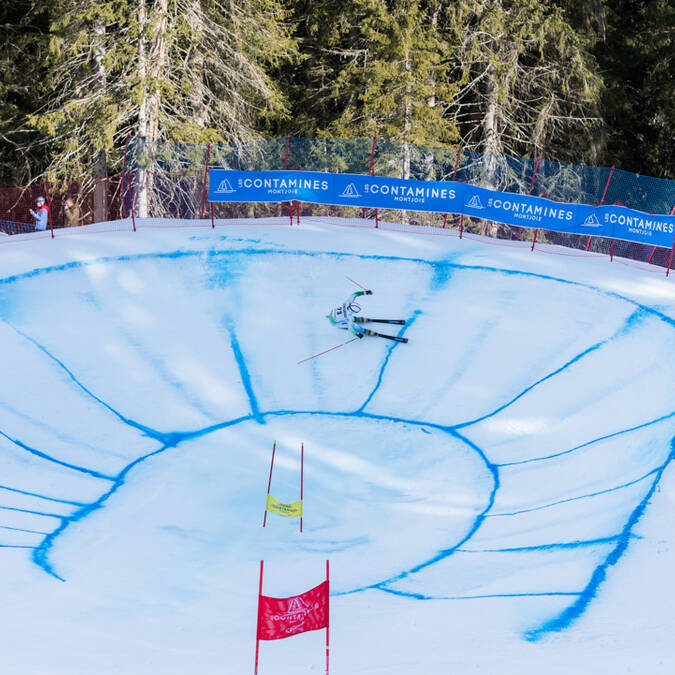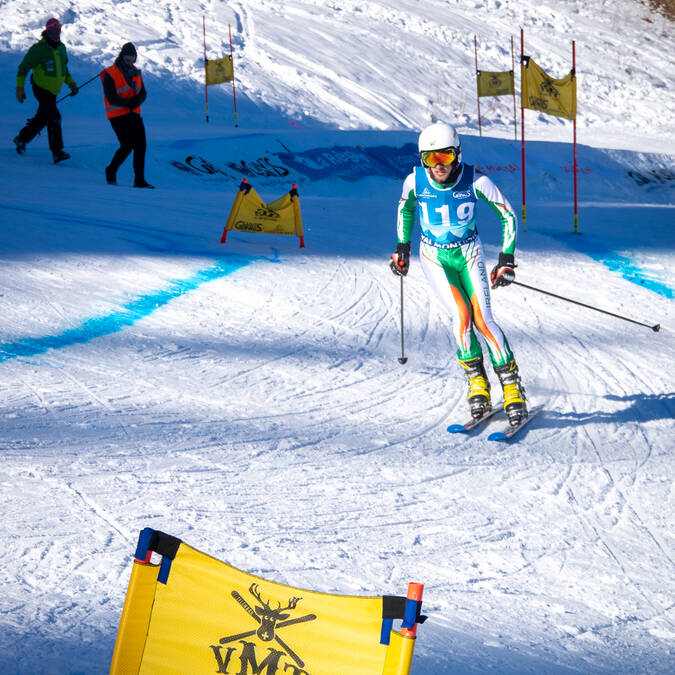The Ancestor of Skiing
Telemark is historically the ancestor of skiing. It was the first type of turn, executed by Sondre Norheim in 1868 in the Telemark region of Norway. This ingenious carpenter crafted a wicker binding that allowed him to attach the front of his foot to the ski while keeping his heel free. This invention made it possible to descend the snow-covered hills of the region and move more easily across the plains.
A few decades later, the heel was fixed to the ski, giving rise to the current technique of skiing, the Christiania.
In the 1980s, Telemark skiing made a comeback in the United States.
The boots were initially made of leather, then plastic. The tip of the boot fits into the front part of the binding, and a spring-loaded cable holds the boot in place, hence the term "cable bindings."
Today, Telemark equipment is at the forefront of technology, allowing Telemarkers to make ultra-precise and dynamic turns, as well as achieving higher angles, getting closer to the snow, and experiencing even more the sense of freedom that Telemark skiing provides!
Telemark in Competition
Telemark equipment, with its specific bindings and boots, combines Nordic and Alpine skiing techniques. This uniqueness requires athletes and practitioners to be versatile: a Telemarker must be a complete skier—cross-country skier, downhill skier, and jumper!
Common Elements in Every Telemark Event:
- A giant slalom
- A jump (with a minimum 20-meter distance to clear)
- A loom (a 360° raised turn)
- A cross-country ski zone
The Different Events:
- Classic Sprint - The Explosive: A two-round race, each lasting about 1 minute.
- Parallel Sprint - The Spectacular: A qualification round, followed by parallel duels leading to the final!
- Team Parallel Sprint - The Team Event: A qualification round, followed by parallel duels leading to the final, with teams consisting of one woman and two men!
- Classic - The Endurance Event: A single-round race, lasting between 2 and 4 minutes.



